Graphic design in the beverage industry took shape as companies realized the power of visual storytelling in branding. Back in the day, there was a straightforward approach to packaging, but now innovative beverage design ideas are plentiful. Regardless of the style, effective beverage graphic design captures the essence of the drink and enhances consumer appeal. Although some might initially think of it as merely functional, it is, in fact, an exciting and dynamic field that's undergoing a vibrant evolution. Elevate your brand's presence with the following beverage graphic design ideas and craft a standout identity of your own.
Beverage packaging design
Beverage packaging design is an intricate art form marrying functionality with aesthetics, demanding designers to creatively integrate brand identity with consumer appeal while ensuring safety and practicality. Designers must consider material choices, such as glass, plastic, metal, or carton, each offering unique benefits and challenges like recyclability, durability, and weight. Vibrant color palettes and eye-catching imagery play a pivotal role in capturing consumer attention on crowded shelves, often taking inspiration from themes such as nature, health, or innovation, thereby aligning the visual narrative with brand values and target demographics. Typography also holds significant importance in beverage packaging, where readability and style balance must be achieved to effectively communicate essential product information and brand personality, ensuring that the package is not only visually striking but also informative and accessible.
Label typography
Graphic design for beverage labels, with an emphasis on typography, requires a delicate balance between aesthetic appeal and functional readability to create an impactful brand identity. Designers must consider the typeface's personality, whether it conveys sophistication, playfulness, or boldness, aligning with the beverage's unique attributes and target audience. The hierarchy of text is crucial, ensuring that the brand name, product type, and essential information like flavor or nutritional content are easily distinguishable through variations in font size, weight, and style. Color choices also play a pivotal role, as the contrast between text and background needs to be optimized for visibility on store shelves while complementing the overall packaging design to evoke the intended emotional response and brand story.
Color palette
The success of graphic design in the beverage industry heavily relies on a meticulously chosen color palette, as it has the power to evoke emotions and convey a brand's identity at first glance. Bright, bold colors like vivid oranges and electric blues can suggest energy and vitality, often used for sports drinks or sodas targeting a younger demographic seeking dynamism. Earthy tones such as deep greens, rich browns, and muted golds are commonly employed for organic or premium beverages, imparting a sense of trustworthiness, sophistication, and connection to nature. The harmony and contrast of colors must be carefully calibrated; for instance, using complementary colors like red and green can create visual interest and draw attention, yet their use requires finesse to avoid overwhelming the consumer or clashing with the product's intended image.
Product visibility
When designing graphics for beverages, ensuring product visibility becomes paramount due to the competitive nature of retail environments and the necessity for instant consumer recognition. Designers must prioritize the strategic use of color, typography, and imagery to draw attention while aligning with the brand's identity and target demographic. Utilizing contrasting colors and bold, legible fonts can help in differentiating the product on crowded shelves, while the imagery is often employed to evoke the sensory experience of the beverage, such as highlighting the refreshing effervescence of carbonated drinks or the smooth pour of a premium spirit. Packaging structures, including bottle shapes and label placements, play a crucial role in maintaining visibility not only in physical spaces but across digital platforms, where high-quality images are essential for virtual storefronts and online marketing.
Brand identity
A compelling brand identity in beverage graphic design hinges on a harmonious blend of visual elements that resonate with the target audience and encapsulate the essence of the product. Utilizing an engaging color palette and typography that align with the brand's ethos not only enhances memorability but also distinguishes it from competitors. Crafting logo designs that are versatile and scalable ensures that the branding remains impactful across various mediums, from packaging to digital and print advertisements. Every visual component, from imagery that invokes sensory experiences to strategically placed logos and text, plays a pivotal role in narrating the brand's story, fostering emotional connections with consumers, and ultimately driving brand loyalty in an increasingly competitive market.
Label illustrations
Illustrating labels for beverages involves a meticulous balance of creativity and functional design, ensuring that the graphics not only catch the consumer's eye but also effectively communicate the brand's essence and product details. Designers often start by considering the target audience and the brand's identity, aiming to create illustrations that resonate emotionally while maintaining clarity and respect for regulatory requirements. Techniques such as hand-drawn elements, digital painting, and vector graphics may be used to craft intricate designs that embody the beverage's unique flavor profile or origin story. Typography plays a crucial role, where choices in fonts and layout can influence perceptions, enhancing the label's overall aesthetic and legibility, moving beyond mere decoration to become an integral part of the storytelling.
Logo placement
Logo placement in beverage graphic design is paramount for establishing brand identity and ensuring consumer recognition. Strategically, the logo is often positioned at eye level to command attention and facilitate instant brand recall, essential for both retail shelf displays and digital marketing collateral. Designers meticulously consider the logo's scale and contrast against the packaging's color palette, ensuring it stands out while harmonizing with the overall aesthetic theme. Negative space around the logo is crucial to prevent visual clutter, allowing the emblem to breathe and maintain its integrity across various packaging formats, from cans and bottles to cartons and boxes, accommodating diverse consumer touchpoints.
Visual hierarchy
In the realm of graphic design for beverages, establishing a compelling visual hierarchy is paramount to effectively capturing consumer attention and guiding them through the visual elements effortlessly. The primary objective is to strategically arrange design components such as typography, images, and color schemes so that the most critical information, such as the brand name or product type, stands out immediately, while secondary details like flavor or special ingredients follow naturally. This can be achieved through varying font sizes, contrasting color palettes, and strategic placement, all while maintaining the overall aesthetic appeal that is consistent with the brand's identity and resonates with the target audience. Additionally, the use of whitespace acts as a breathing space that enhances clarity, keeping the design uncluttered and emphasizing the core message, ultimately leading to an improved consumer interaction and better retention of brand relevance.
Material texture
The tactile experience of a beverage container plays a crucial role in the perceived value of the product, often employing materials like brushed aluminum, frosted glass, or even textured plastic to create an experience that engages more than just taste. Metallic surfaces can evoke a sense of coolness and sophistication, while frosted glass might suggest purity and a premium feel, enhancing the consumer's connection with the drink's intended aesthetic. When designers incorporate matte textures, they aim to imbue a sense of earthiness and authenticity, often aligning the product with artisan or organic branding, contrasting with glossy finishes that scream modernity and sleekness. Additionally, embossing or debossing techniques on glass can add a level of elegance and tactile pleasure, inviting consumers to touch and hold the product as much for its feel as for its function, thereby heightening the multi-sensory drink experience.
Bottle shape
The design of a beverage bottle plays a pivotal role in grabbing consumer attention and conveying brand identity. Curvy, ergonomic shapes enhance shelf presence and user experience, making them aesthetically pleasing and comfortable to hold. Textured surfaces provide not only a tactile interaction but also elevate the visual interest, often reinforcing the unique positioning of the brand, whether it embodies luxury, health, or environmental consciousness. Innovative bottle designs, such as asymmetrical forms or integrated functional elements like built-in straws or pour spouts, can differentiate a product in a saturated market, encouraging both initial purchase and user delight.






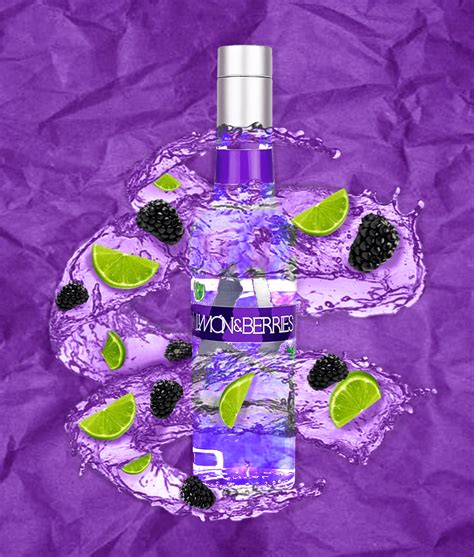
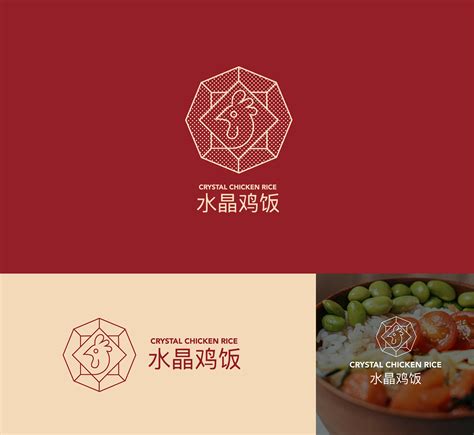
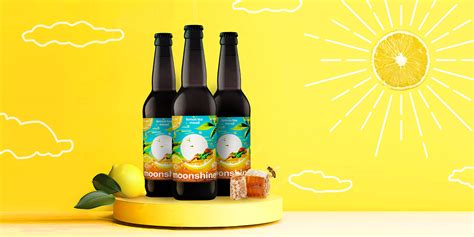
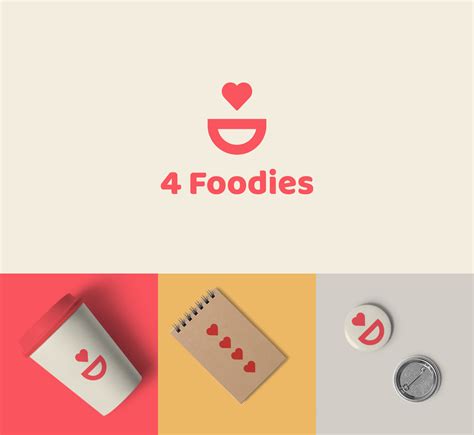
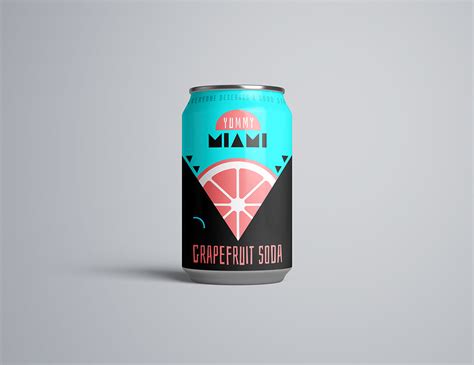

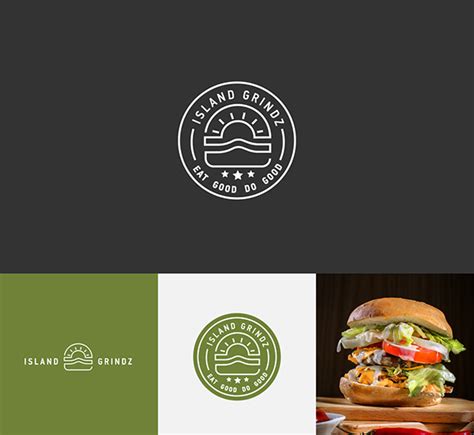
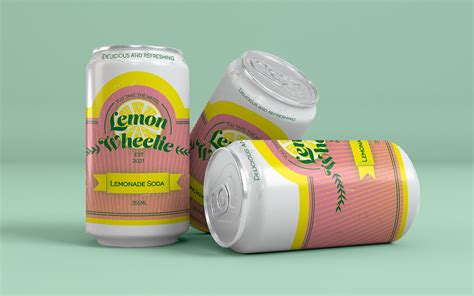
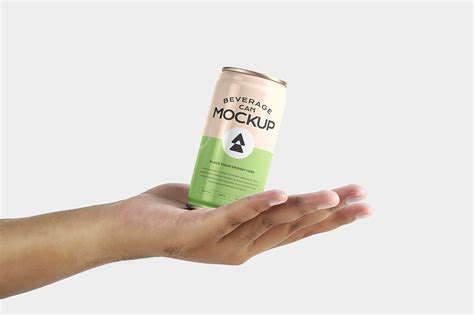
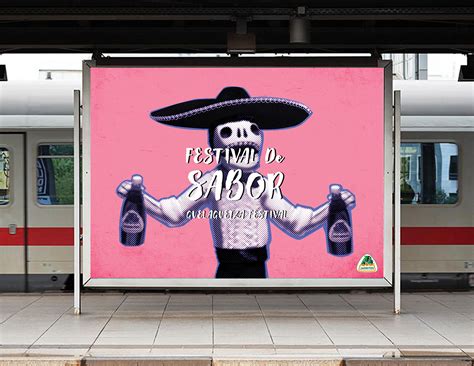
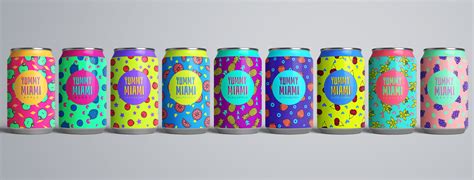
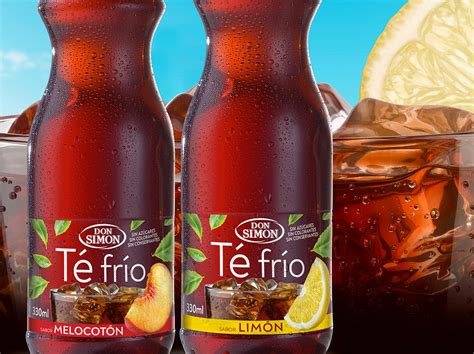
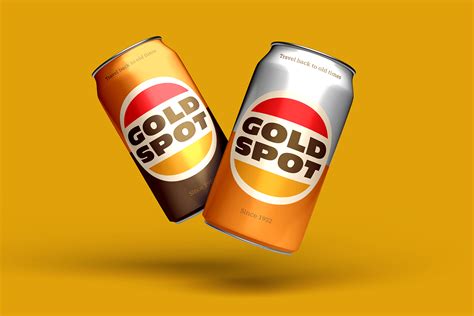
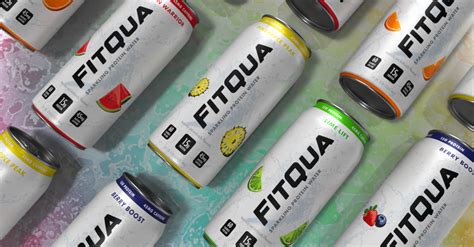

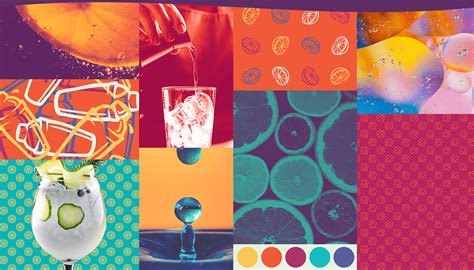
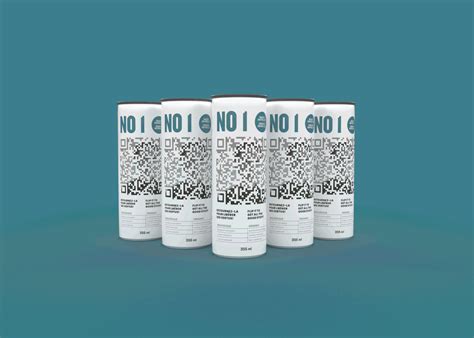
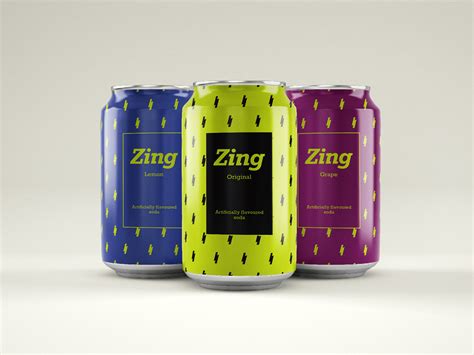

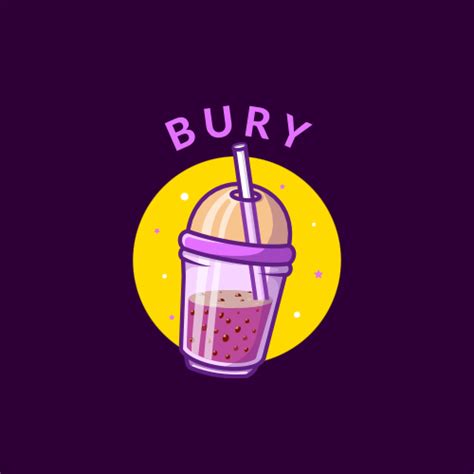
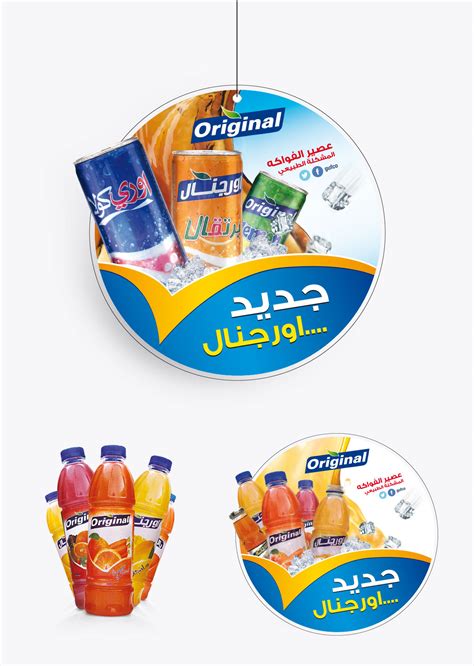
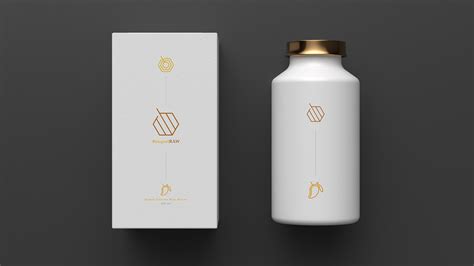
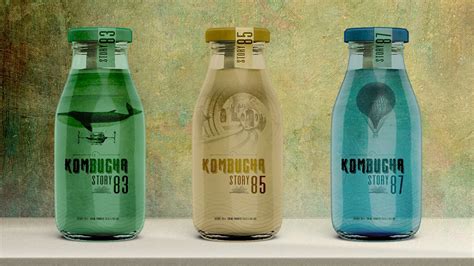


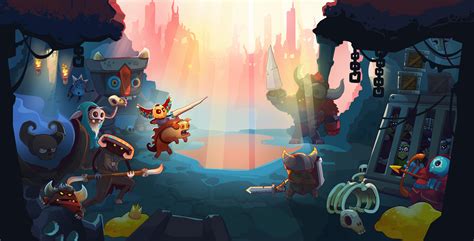
Leave a Reply
Your email address will not be published.